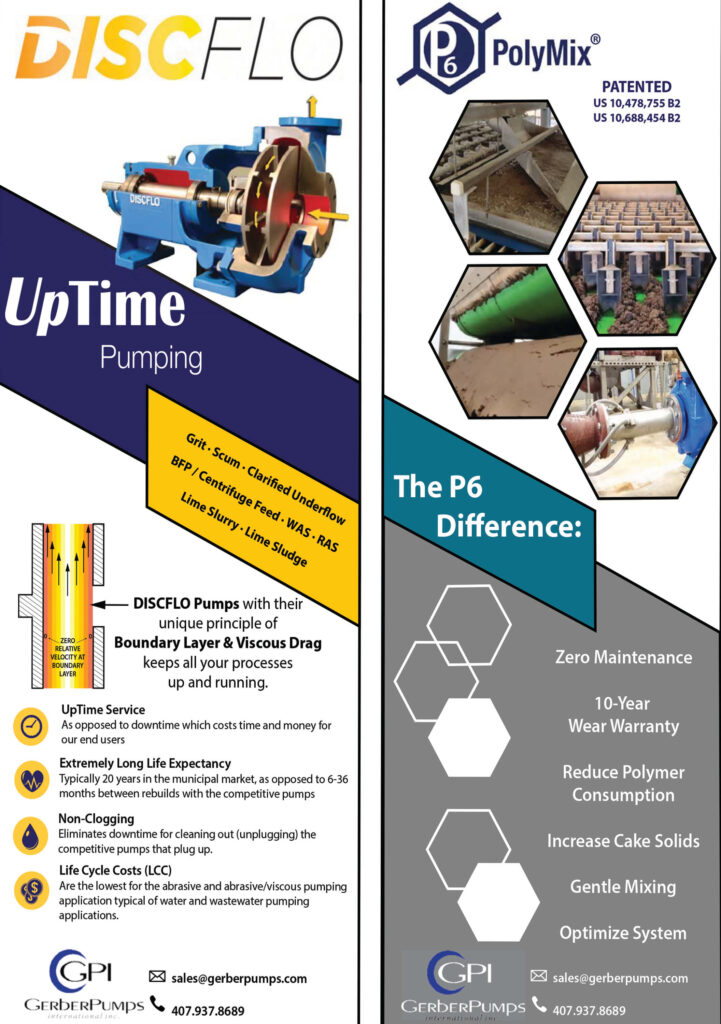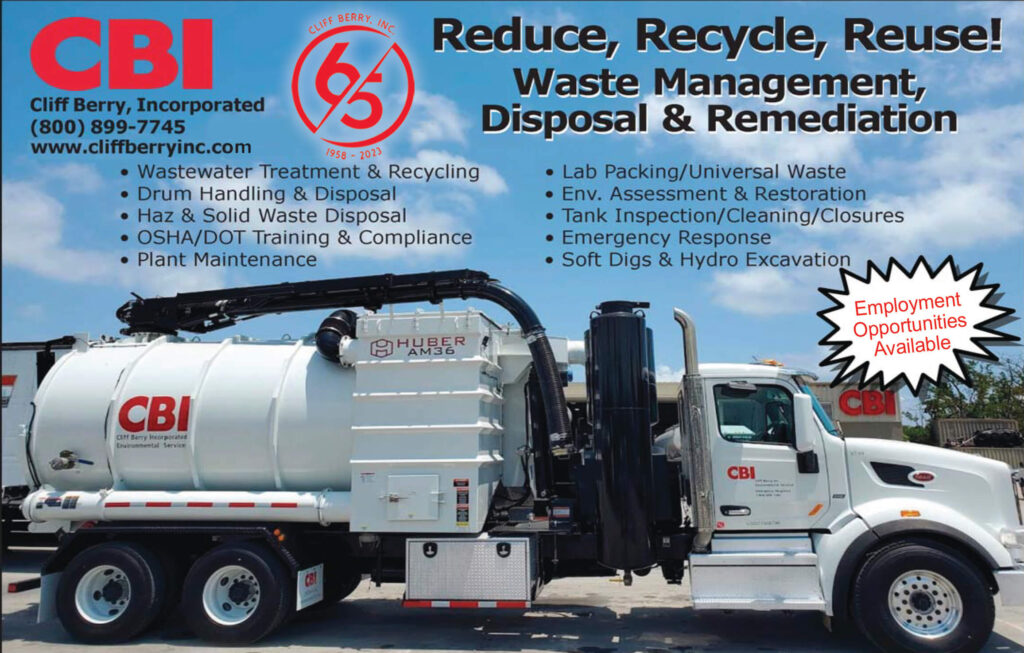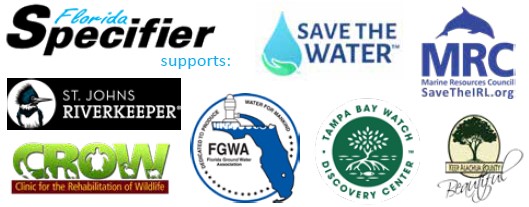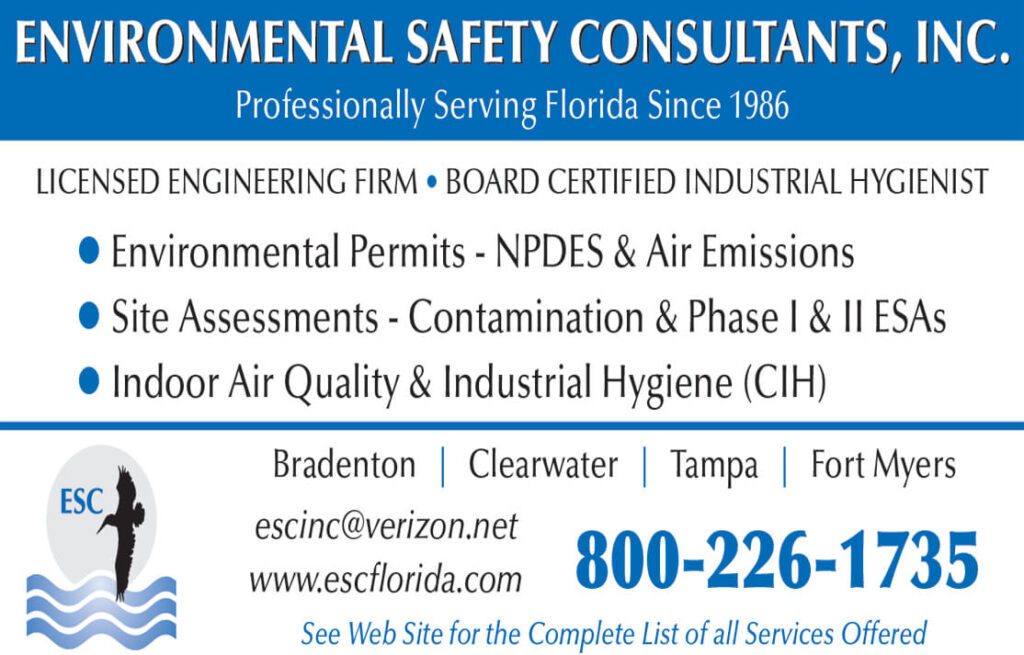By LISA MARIA BRAND,
Microbiologist, LG Sonic
A real-time water quality monitoring and remote sensing system controls algae in large waterways such as drinking water reservoirs in Colombia. Lisa Maria Brand of Netherlands- based LG Sonic explains how water quality monitoring and specifically, ultrasonic sound waves, can be used to predict, prevent, and control harmful algal blooms.
Forward-thinking water and energy utilities, including American Water and NIPSCO, are using LG Sonic’s MPC- Buoy algae control system to maintain algae-free water.
The system has also been used in large waterways such as lakes and reservoirs in Asia, Europe, and the United States (US) without the use of chemicals and without affecting other organisms present in the lake such as plants, zooplankton, and fish.
LG Sonic US is headquartered in Scranton, PA.
Named for its ability to monitor, predict, and control algae, the MPC-Buoy system uses real-time water quality monitoring and remote sensing to analyze current algae and to predict algal blooms.
The information that the system gathers enables it to apply ultrasound to specifically control algae without harming other organisms.
In many cases, the system completely replaces the need to chemically treat the lake or reservoir.
Additionally, chemical costs inside the treatment plant have been reported to decrease by up to 22 percent along with the volume of backwash water, while water flow from the reservoir and filter run times could increase.
Algal blooms
LG Sonic developed the MPC-Buoy solution to address the growing worldwide problem of harmful algal blooms (HABs) and their associated toxins that degrade water quality.
When affected waterways are used as a source of drinking water, HABs may also cause several operational problems in the water treatment process, such as clogged filters, increased chemical consumption, and difficulties in removing musty smells and tastes from the water.
Algal blooms in the US cost the economy an estimated $2 billion/year due to expensive treatments, devaluation of property, and negative effects on fish stock.
For the past 100 years, chemical dosage has been the primary practice for directly breaking down algal biomass in lakes or reservoirs.
Chemicals that have been dosed in waterways could include copper sulfate or other algaecides as well as metals such as iron, copper, aluminum, calcium, and silver.
These methods are fast working and economical; however, these substances may adversely affect the ecological balance of a waterbody.
Effects of chemical algal control may include toxicity, lysis of algal cells, and a non-targeted response, which leads to a degradation in the overall quality of the water.
Monitor, predict and control
The technological basis of the MPC- Buoy system is its ability to monitor, predict, and control algae. LG Sonic has been researching the effect of ultrasound on specific algal types, different types of waterbodies, and variations in water quality since 2005.
The company has created a data- base defining optimal ultrasonic parameters for different algal species and water quality characteristics. By continuously updating these ultrasonic parameters, the system prevents algae from becoming resistant to ultrasound.
LG Sonic developed an algorithm based on several data sources that can forecast algal blooms between 3 and 10 days in advance. Integrated into an algae management software called the MPC-View, the algorithm considers different data sources, such as hydrological characteristics of the water body and meteorological data.
The hydrological data consists of streams of data generated by in-situ water quality measurements and remote sensing satellite imagery.
The use of remote sensing provides an unparalleled advantage for forecasting algal blooms and scum layers, specifically, because remote sensing is the only data source that provides a spatial overview of water quality parameters over the entire lake.
For the collection of in-situ water quality data, near real-time sensors are used to measure pH, chlorophyll a, phycocyanin, turbidity, dissolved oxygen, nitrogen, and phosphate.
Nutrients, temperature, and oxygen can be measured at different depths in the reservoir to identify lake stratification and nutrient release from the sediments.
Based on this information and algal bloom forecasts, the MPC-Buoy uses interactive algae control to automatically change the ultrasonic parameters that it is transmitting.
Ultrasound technology
The ultrasound used by the MPC-Buoy systems is based on low-power, ultrasonic algae control.
This specific ultrasonic mechanism does not cause algal cells to lyse and does not affect multicellular-organisms.
Algae rely on buoyancy to float close enough to the water surface to take up sunlight.
This characteristic allows algae to ‘outcompete’ other organisms in the water, such as plants that are also depending on sunlight.
The ultrasound used by the MPC-Buoy systems fixes the algal cells in the water column, preventing them from taking up sunlight at the surface.
Saving water and the environment
LG Sonic also operates MPC-Buoys at many sites owned by other utilities around the world in lakes varying in size from 10 to 1,000 acres.
In the US, the company recently deployed an MPC-buoy system in Rainbow Lake, a relatively small lake located in Emmitsburg, Maryland, that suffered from seasonal algal blooms.
Installed in 2017, the MPC-Buoy compared water quality and operational data from 2016.
During 2017, the city found that its backwash water usage decreased from 19.71 percent in 2016 to 14.08 percent in 2017, saving 1,321 liters of water.
In addition, the town exceeded its target flow from the lake and reduced overtime at the plant by 31 percent overall, chemical costs inside the water treatment plant also de-creased.
Another benefit of the Rainbow Lake installation is that the MPC- Buoy systems have effectively controlled cyanobacteria and associated toxins through its ability to monitor and control the blue-green algae without dosing chemicals into the lake.●







































